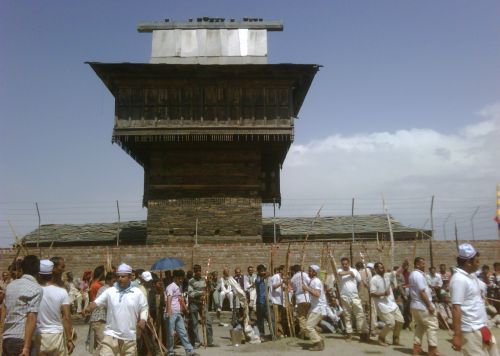In the heart of the Himalayas, where the whispers of the mountains meet the echo of ancient traditions, Himachal Pradesh unveils a mesmerizing tapestry woven with the threads of dance—an art form that transcends time and resonates with the very soul of this enchanting state. Beyond its snow-capped peaks and lush valleys, Himachal Pradesh boasts a cultural richness deeply rooted in the rhythmic footwork, expressive gestures, and captivating narratives of its traditional dances. From the synchronized harmony of Naati to the mystical narratives of Chham, the visual tapestry of Kayang Mala, and the poised strength of the Thoda Dance, each step unveils a chapter in the cultural saga of Himachal Pradesh—a saga that continues to captivate hearts, transcend borders, and echo through the ages.
Dance: A Timeless Echo in the Himalayan Valleys
Dance, an ancient form of expression, has been deeply embedded in the cultural ethos of Himachal Pradesh. From the sacred verses of the Vedic scriptures to the contemporary beats resonating through its valleys, dance has been a constant companion in the journey of the people of this Himalayan state. The rhythm of Himachal Pradesh is not just in its landscapes but is equally found in the rhythmic footwork and expressive movements that characterize its traditional dances.
Classical Elegance and Folk Flourishes: A Harmonious Coexistence
Himachal Pradesh boasts a dance landscape that beautifully balances classical elegance with the vivacity of folk expressions. The classical dance forms, nurtured through the guru-shishya parampara, delve into classical texts, physical practices, and extensive training. Simultaneously, folk dances passed down through generations, bear the imprints of local traditions, ethnicities, and the varied geography of the state.
Rakshasa, Kayang, Bakayang, Bnayangchu, Jataru Kayang, Chohara, Shand and Shabu, Lang-dar-ma, Nati, Jhanjhar, GI, Rasa, and an array of regional treasures collectively compose the vibrant dance canvas of Himachal Pradesh. Each dance is a living testimony to the cultural diversity and historical legacy of the state.
Naati: Synchronizing Harmony and Universal Brotherhood
At the heart of Himachal’s cultural marvels is the traditional folk dance, Naati. This enchanting dance form, popular in Kullu, Shimla, Sirmaur, Chamba, Kinnaur, and beyond, is more than a rhythmic expression. It’s an organizer of people, fostering open-mindedness and unity. Rooted in the Ras Lila of the Hindu god Krishna and his Gopis, Naati transcends regional boundaries. The dance’s synchronized hand-in-hand movements symbolize universal brotherhood.
Chham: Unmasking Mystical Narratives in Kinnaur
Journeying into the mystical district of Kinnaur, we encounter the captivating Chham or Demon dance. Men and women, adorned in intricate demon masks, breathe life into an ancient narrative. The dance, a reenactment of the struggle against demonic forces attacking crops, guarded by local deities, unfolds in deliberate, slow movements. The rhythmic beats of drums, cymbals, and long pipes guide this enchanting performance, where deities, including the God of Wealth and the God of Death, come alive. In the fluid motions of Chham, spectators are transported to a realm where tradition and spirituality coalesce in mesmerizing synchrony.
Kayang Mala: Weaving Tales Through Movement
Kayang Mala, a visual tapestry of tradition, unfolds as male and female dancers, adorned in ceremonial costumes, create a living garland through the cross-weaving of their arms. Resembling beads in a garland, they wear heavy jewellery, immersing themselves in the rhythmic dance. This performance, more than a visual spectacle, is an ode to tradition. The culmination of Kayang Mala involves the consumption of rice beer, locally known as Chhang, marking the completeness of the dance.
Thoda Dance: A Warrior’s Poise
The Thoda Dance emerges as a warrior’s performance. Executed by the Rajputs of Sirmaur, Shimla, Mandi, Kullu, and Solan districts, this dance unfolds during the Bishu fair. A delicate intersection of drama, sports, and folk dance, the Thoda Dance seeks the blessings of goddesses Durga and Mashoo. Two rival teams, armed with bows and arrows, engage in a spirited competition. Amidst the resonating sounds of dhol, nagara, and shehnai, archers aim below the knee of their opponents, creating a dance of precision, strength, and tradition.
Rhythmic Tapestry: Dances Beyond Borders
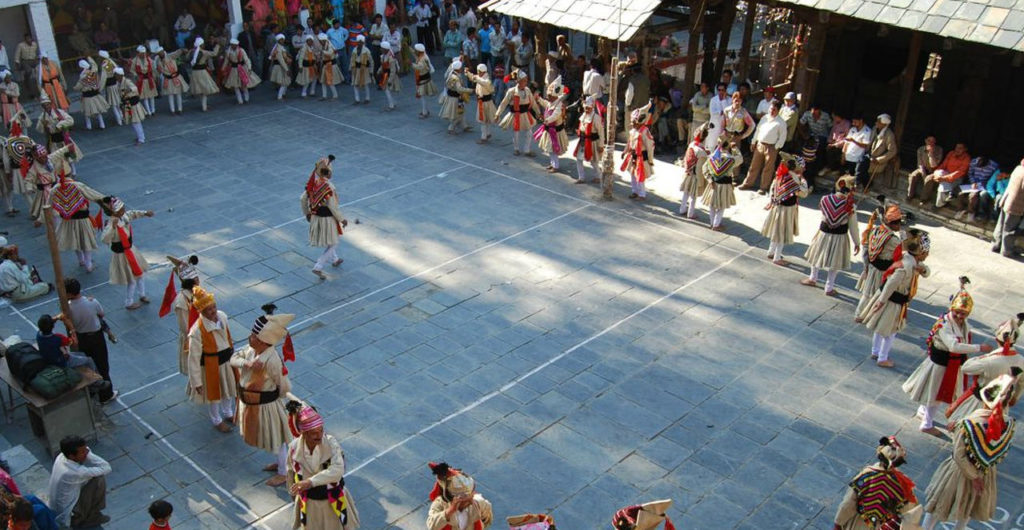
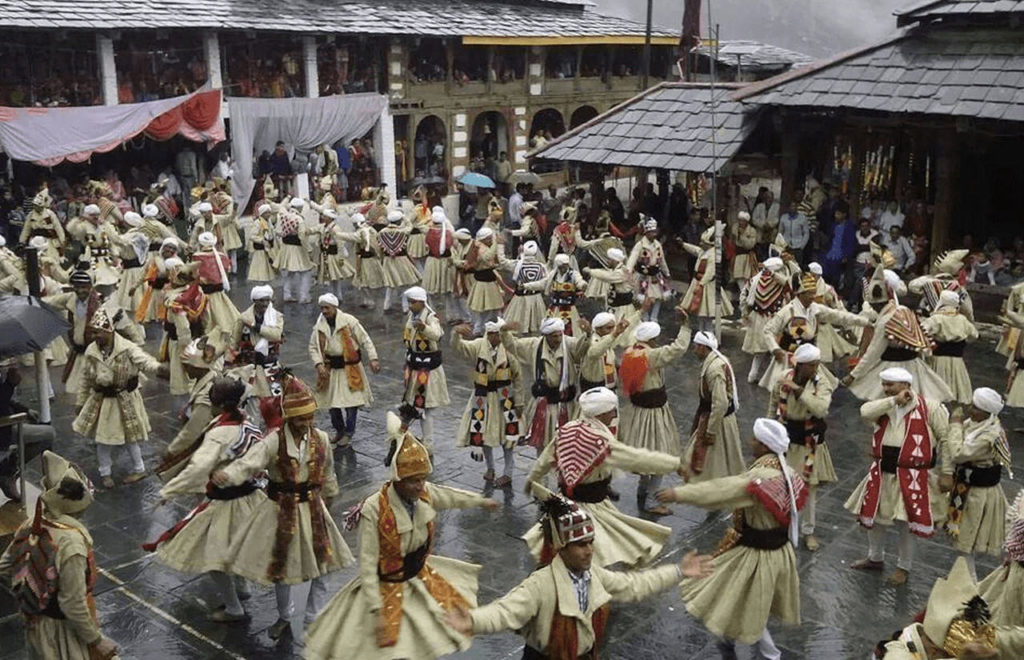
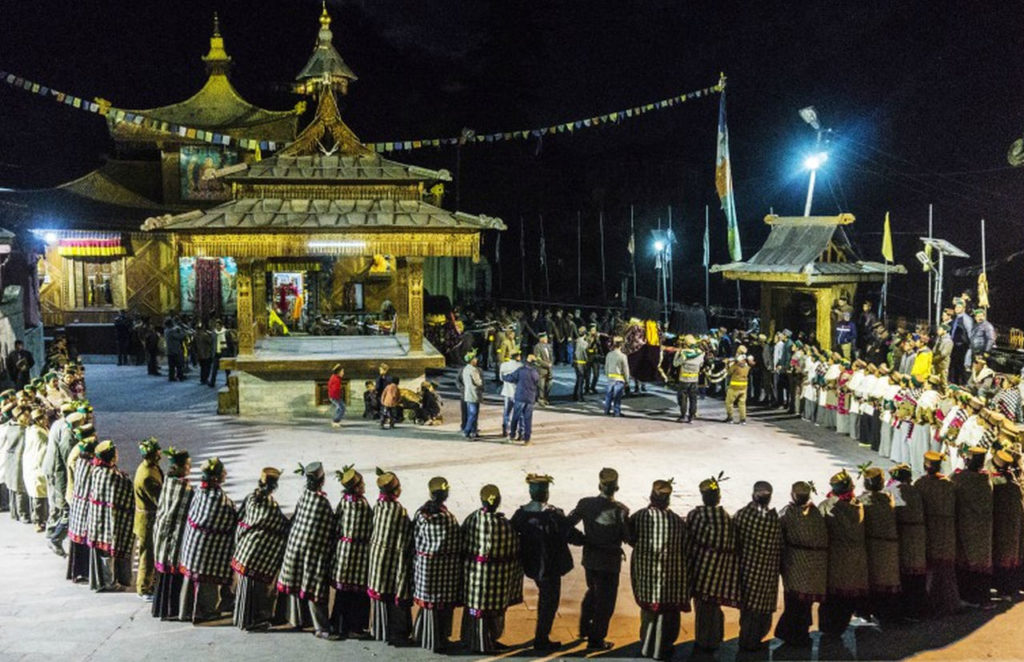
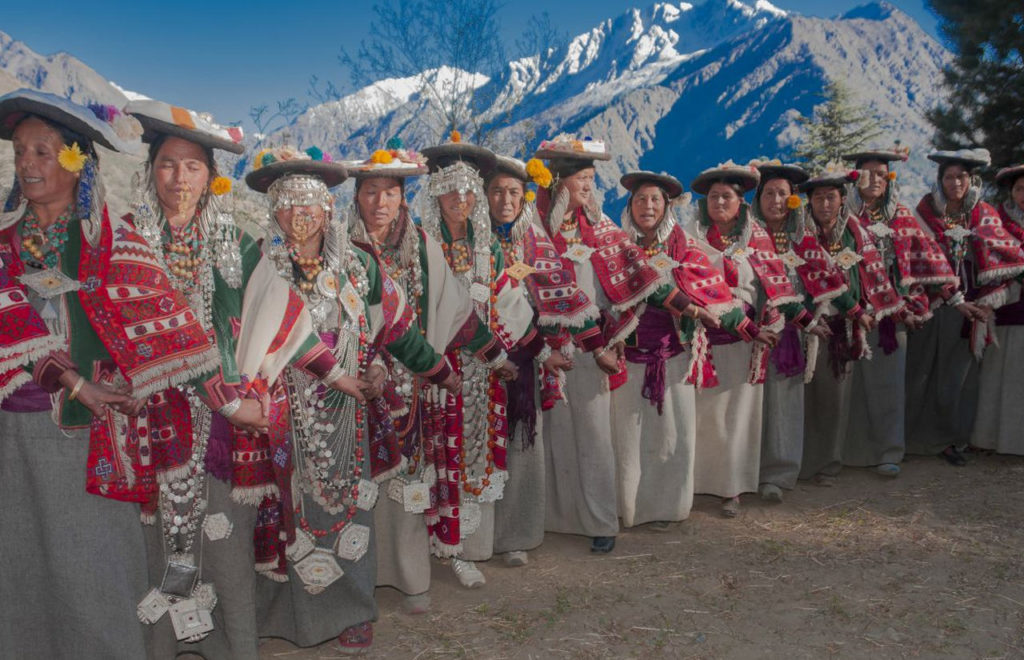
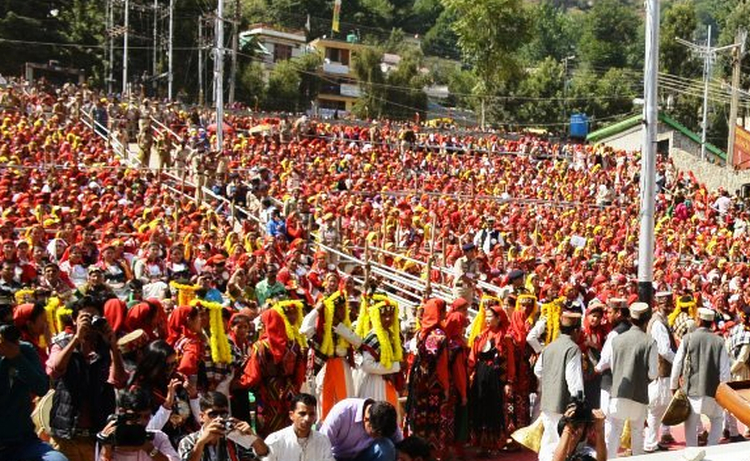
In Himachal Pradesh, where nature’s beauty meets cultural richness, traditional dances are not just performances; they are living expressions of the state’s soul. As the rhythmic beats echo through the valleys and the dancers move in harmonious unison, the traditional dances of Himachal Pradesh become a celebration of life, love, and the enduring spirit of a vibrant culture—a dance odyssey through time that invites all to join in its mesmerizing cadence.
In the heart of Himachal Pradesh, where the mountains echo the stories of yesteryears, traditional dances continue to be a vibrant and integral part of the cultural fabric. These dance forms, whether Naati, Chham, Kayang Mala or Thoda, are not relics of the past but living traditions that evolve with time while preserving the essence of Himachal’s cultural identity. As the beats resonate through the valleys and the dancers move in harmonious unison, Himachal Pradesh’s enduring cultural legacy is not just witnessed—it’s experienced, celebrated, and passed on, ensuring that the dance tales from the mountains continue to echo through generations to come.


